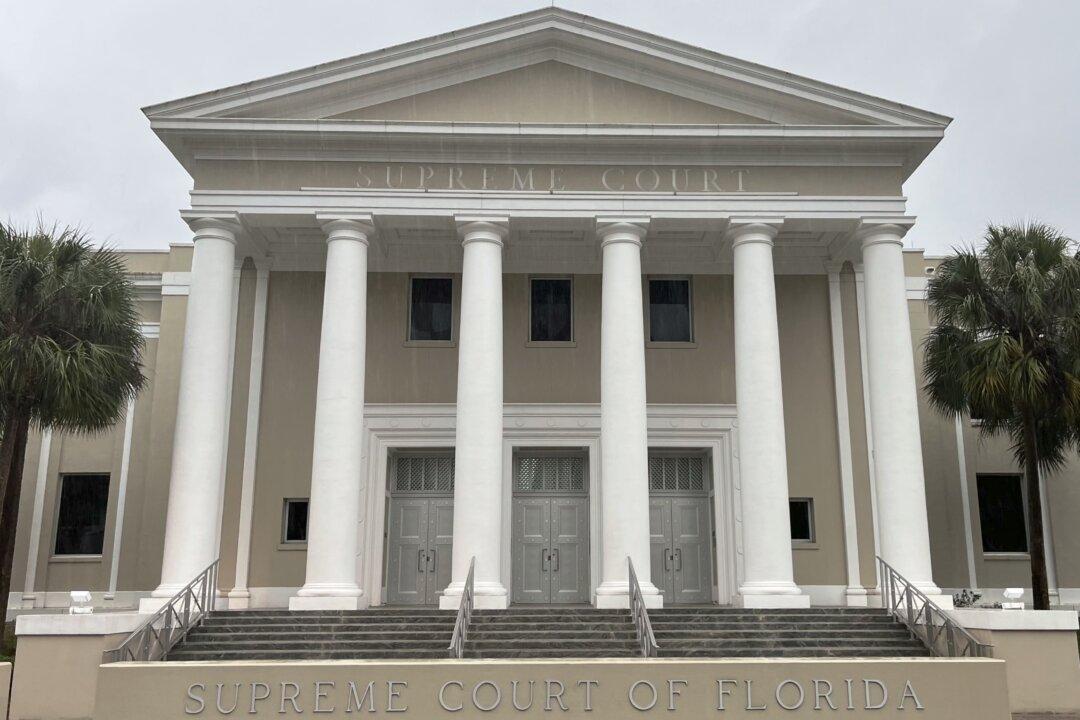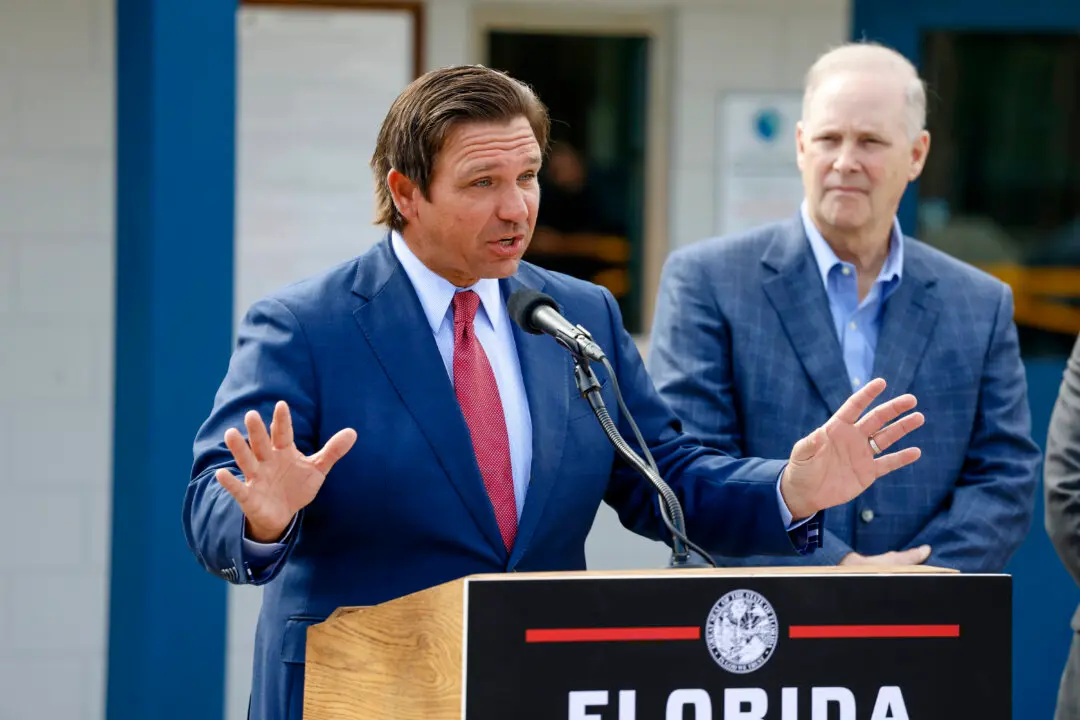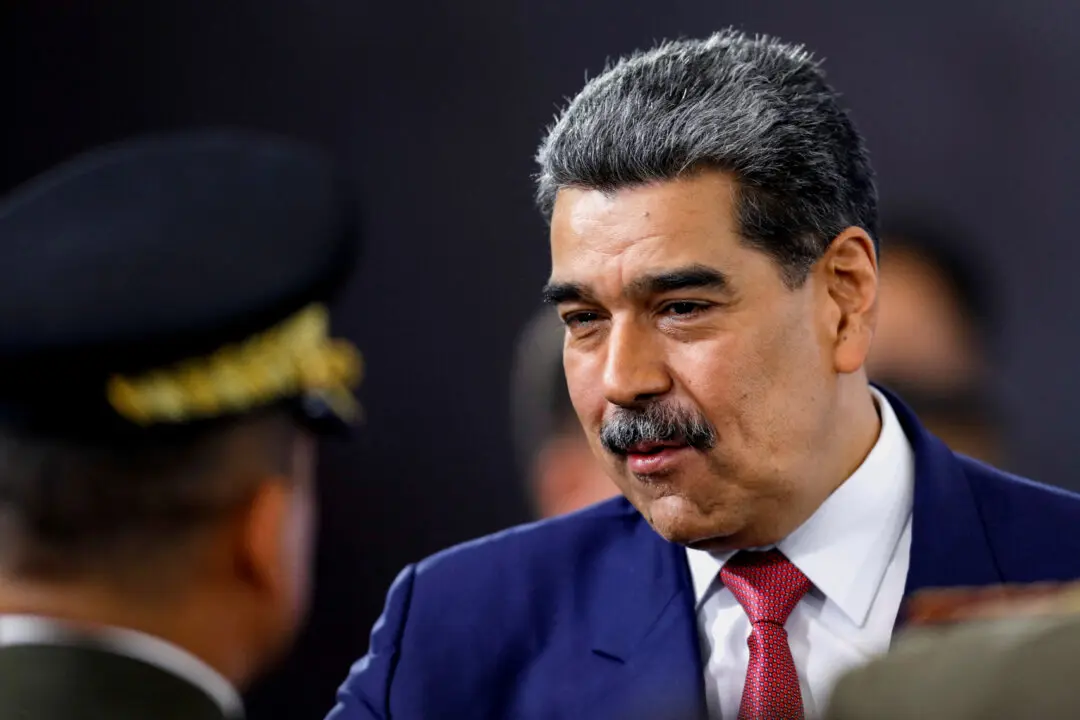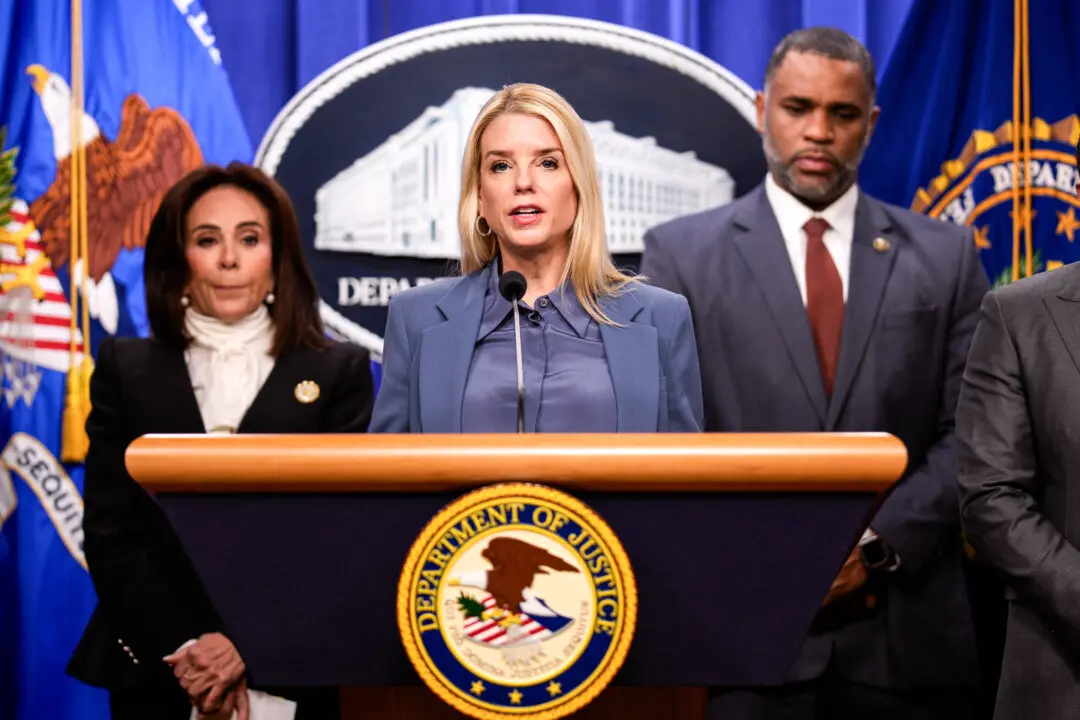Abortion was once again an issue in front of the Florida Supreme Court in Tallahassee as oral arguments were given for and against a citizen initiative to add an abortion amendment to the state constitution.
The ballot summary of the would-be amendment states: “No law shall prohibit, penalize, delay, or restrict abortion before viability or when necessary to protect the patient’s health, as determined by the patient’s healthcare provider.





